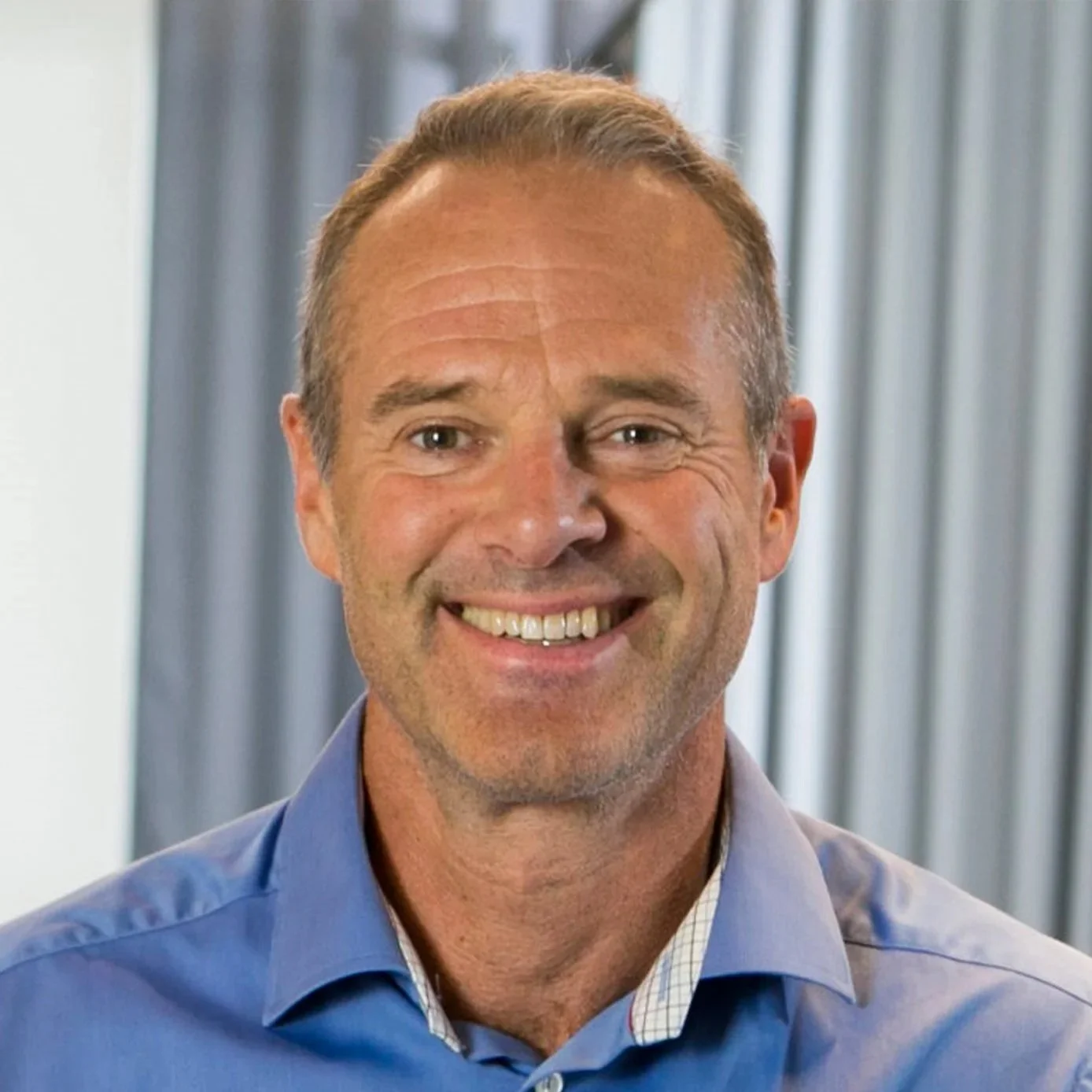Why VCs Struggle to Say “No”
By Rebeca Varela Lores, Investment Associate
Oct 6, 2025
“Good fundraising requires strong sales skills — knowing your investor and having the courage to ask uncomfortable questions.”
Johan Bloom, CEO of Curus
In today’s capital environment, many founders voice the same frustration: the absence of closure from venture capital investors. Promising discussions often trail off into silence, leaving startups uncertain whether to keep pursuing the relationship or move on. To shed light on this issue, we spoke with Johan Bloom, investor and CEO, whose career spans pharma, entrepreneurship, and healthtech investments. With experience on both sides of the table, Johan offers a candid view of why VCs hesitate, and what founders can do about it.
Johan Bloom’s perspective is shaped by his dual role. Having started in the pharmaceutical industry, he went on to found Add Health Media and later reinvested its profits into digital health startups. “Having been an operator, entrepreneur, and investor provides a deep understanding of the company-building process,” he reflects. This blend of experiences has taught him to recognize not only the operational realities of growing a company but also the investor psychology behind dealmaking - or the lack of it.
That psychology, Johan notes, explains much of the reluctance to say “no.” Investors often give “positive but non-committal” responses, and the reasons are deeply rooted in venture capital culture. Sometimes it is fear of missing out on a potential winner. Investors hesitate to close the door on a company too early, preferring instead to wait until others validate the opportunity. By staying vague, they keep their options open. Sometimes there is a lack of time for proper due diligence, and when resources are stretched, “maybe later” often becomes the default response.
Another factor is delegation within VC firms. At larger funds, early interactions are often handled by junior associates who neither have the mandate nor the confidence to issue a clear “yes” or “no.” Their safest move is to remain encouraging without committing. And finally, there is reputation management. Saying “no” too directly can leave the wrong impression. A founder who is turned down today might build a great company tomorrow, and other investors might see the case differently. To avoid closing doors, many prefer to give a polite but non-committal answer.
If this ambiguity has always existed, today’s climate makes it more pronounced. “The situation is even tougher today since fewer and smaller investments are being made,” Johan explains. “Investors were probably just as vague before, but more deals were happening, so startups had a better chance of eventually receiving a clear answer.” In other words, the silence hasn’t changed, what has changed is the likelihood of eventually breaking through it.
So how should founders interpret this silence?
Johan believes the first step is to watch for signals. A lack of probing questions, especially around financials, often indicates that the investor isn’t serious. Rather than waiting passively, he advises entrepreneurs to flip the conversation: ask directly if your company fits into their investment philosophy and clarify how their decision-making process works.
Still, even with better insight, navigating the dance requires balance. Push too little, and founders risk being forgotten; push too hard, and they risk alienating the investor. “Good fundraising requires strong sales skills,” Johan says. “Know your investor, ask uncomfortable questions, but avoid chasing an answer too aggressively.” He also cautions founders to align expectations with reality: fundraising processes can stretch four to six months, and patience is part of the journey.
Interestingly, Johan does not view the lack of closure as purely negative. In his own investment practice, he tries to be clear early when a company doesn’t fit, but he also recognizes the value of leaving the door open. “Many investors who hesitate may suddenly say ‘yes’ once a larger investor comes on board. The fear of missing out is strong.” For founders, silence can sometimes be less of an ending and more of a pause.
Taken together, Johan’s insights reveal that silence is not simply a sign of disinterest, it is part of the rhythm of venture investing. For entrepreneurs, the challenge lies in reading it correctly, keeping relationships alive, and steering the dialogue instead of waiting passively. In the end, the absence of closure may not always be a dead end, but rather an invitation to play the long game.

